The new global design players
D&AD president Laura Jordan-Bambach takes a closer look at the countries that are dreaming up the future of design.
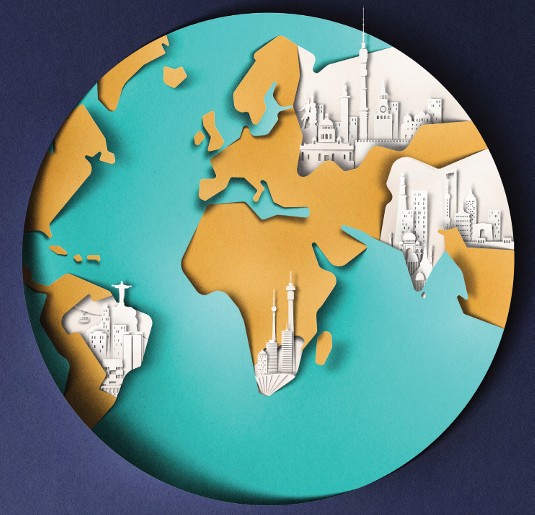
Where do you think of when you think of design? Switzerland, home of Helvetica? The Nordics with the beautiful clean lines of Acne Studios or ageless classics of Itala? The US greats, like Stefan Sagmeister, David Carson or Joshua Davis? Or the phenomenal global success of Britain's own home-grown talent such as Sir James Dyson, Si Scott, Neville Brody, AKQA, Thomas Heatherwick, The Designers Republic or Kate Moross?
As an Australian, I spent my formative years poring over the work from these places and people, and never spending much time wondering about what else was going on (apart from in Japan, where I lived for a while in the late 90s, and which has always had a design aesthetic that the world takes notice of). I think most of us on the 'outside' did the same. We were outliers, being wholly influenced by what we saw in publications from the Old World, or else designing for local markets that weren't necessarily as mature. I certainly didn't think much about the fact that most of the world sat outside the traditional centres for design.
And then the internet happened. Over the 20 years since Netscape first appeared, design has seen a lot of change. From the media available to what we say and how, it's all different. But as access to technology continues to increase across the world and exposure to the global stage grows, BRICS - the emerging economies of Brazil, Russia, India, China and South Africa - are now weighing both as producers and consumers of design on the world stage.
At D&AD, we're rapidly extending our charitable remit across the globe. And as we're becoming more global, reaching out into new frontiers with programmes such as New Blood, I've spent a lot of time during my presidency exploring design on the ground in those BRICS nations.
The view from the outside
But when we talk about BRICS, it's really shorthand for everything out there that's not the norm. Behind each of these new-world giants there are scores of smaller countries also doing incredible work - from Rice Creative in Vietnam to Anagrama in Mexico. Our industry has never been so vibrant.
I've discovered so much great work and learned so much about what design means in these places. This is where the future of global design is being dreamed. BRICS work is evolving from reflecting a global style (led by Europe, the US and Japan) to the rebirth and celebration of individual style. Even Australia is starting to find its own unique way of doing things.
For my D&AD Annual, which will be released later this year, I have selected five independent designers or studios from our five fastest-growing markets: Australia, Brazil, South Africa, Japan and India, to bring some of these fresh perspectives to life. It's an exciting challenge, and one that will hopefully open up a window into these vibrant and distinctive cultures. And because each of the BRICS countries is so unique, I'll tackle each one in turn.
Daily design news, reviews, how-tos and more, as picked by the editors.
Boys from Brazil
And girls, of course. My two favourite female creative leaders are both Brazilian: Ale Lariu (who co-founded SheSays with me) and Fernanda Romano from Naked São Paulo. They are both passionate, outspoken and incredibly driven - something that you see across the board in BRICS creatives. Perhaps it's the struggle to get noticed from the 'outside'. Like Australians, Brazilians are travellers, and it's often said that you can't find a design department anywhere in the world without one.
Brazil has always been a strong market for design, and who knows what the Rio 2016 Olympics will do in terms of truly delivering it to the world stage. There are so many wonderful agencies, studios and individuals working from its three main cities: São Paulo, Rio de Janeiro and its incredible capital Brasília.
Brazil's young star of book design, Elaine Ramos, is one such individual. She works at Cosac Naify, Brazil's largest art and design publishing house. She's known for her simple yet unusual book covers, and has designed a collection of books on the history of Brazilian graphic design, which are a great starting point for anyone delving into the country's design culture.
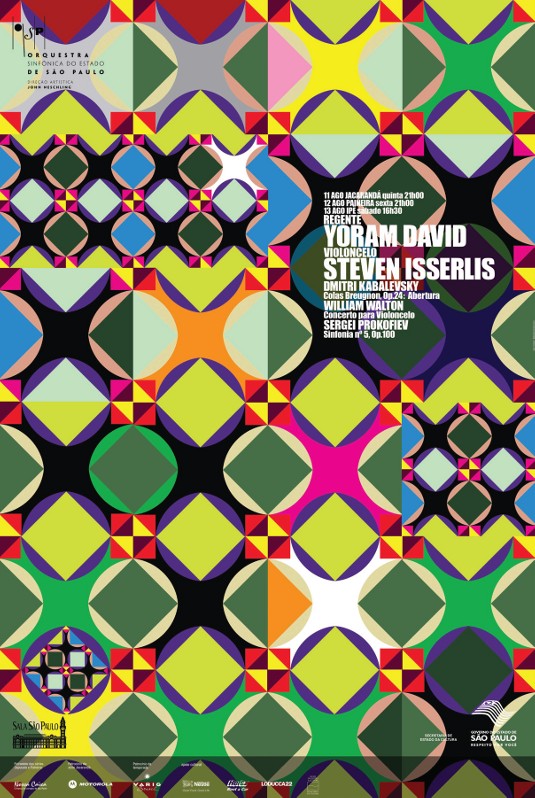
Brasília-based graphic arts studio Mopa is made up of designers Alline Luz, Daniel Gizo, Felipe Cavalcante, Rogério Lionzo and manager Felipe Medeiros. In many ways more like artists than designers, the team works with other creatives, from animators to photographers, to make incredibly colourful, playful designs.
Campo was founded in 2009 by São Paulo designers Paula Aboarrage and Carolina Tinoco. Its output includes graphic design, editorial, branding and identity, branded environments and wayfinding. Just one look at its offices can make you fall in love with the studio, and again its design is striking and colourful, though more structured than Mopa's.
Reassuringly, Brazil has taken the White Pencil ethos to heart. There, more than anywhere, climate change issues are apparent for all to see. Agencies such as JWT Brazil are leading the charge, whilst Colombian neighbour Lowe-SSP3 took home a Black Pencil two years ago for its anti-terrorism campaign that tackles the socially destructive FARC guerilla faction.
At D&AD, Brazil also presents us with something of a challenge. As an organisation that builds its reputation on celebrating the best work, it can be very time consuming indeed to weed out the 'real' from the 'fake' work across many of the growing markets. We check every single piece entered to D&AD for authenticity, and there are issues there that still need to be addressed in Brazil and the other BRICS markets.
From Russia With Love
The most mysterious of BRICS countries, Russia is just as much a consumer of international design as it is a creator. The Winter Olympics were an incredible spectacle of design, created by some of the world's very best agencies. London-based design company Immersive's work stood out for (amongst other things) its digital wands, which turned the stadium into a giant screen.
Former D&AD presidents Sanky and Simon Waterfall have both worked extensively in Moscow (the former with AllofUs and the latter with his old agency Fray), where international design and reputation is highly valued. Projects there can be brilliantly creative, very well-funded and technically innovative. But they are also prone to the complications and red tape that touch many of the emerging markets in design. And there are the ever-present political issues that mean projects can be pulled for saying or doing the wrong thing, or even supporting the wrong beliefs or lifestyles.
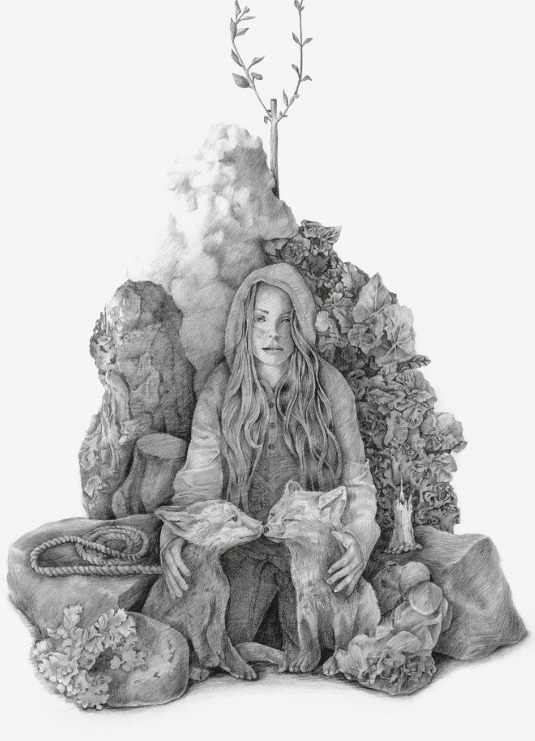
Russia has an incredible graphic history. Every design student around the world has at one point aped Vladimir and Georgii Stenberg or the Constructivists. There's a burgeoning young local market, too, with some excellent design schools appearing. Most impressive is the not-for-profit Strelka Institute, which offers brilliant creative training and a packed calendar of exhibitions and talks for students and non-students alike.
The country is also a small but growing entrant into the international awards scene. Its design industry can be opaque and difficult to predict, but within the next five years it feels like we'll begin to see a lot more from Russia.
India Lima Oscar Victor Echo You
India, I love you. This is perhaps the most creative culture in the world. From its use of calligraphy (there are over 20 languages and scripts in common use today) to its traditional music (it has a unique scale), everything is nuanced, emotive and absolutely bursting with life.
Indian society is changing rapidly. As is the case in many of the BRICS countries, the split between the 'haves' and the 'have-nots' is in plain view, and in India the result of this is a deep sense of social responsibility, coupled with a real drive for social mobility. Entrepreneurship and innovation are around every corner. India wants to succeed, and you feel that drive everywhere you go. The bustle, the smells and the kindness of people transport you completely into the unknown. I would down tools and move to Mumbai in an instant. There is hardship and political unrest, but such a wonderful love of life.
Design-wise it's the same. Colour is everywhere, along with the belief that design can change the world for the better, and a growing pride in India's own creative history. And so many incredible studios! From Locopopo, with its beautiful product and packaging design, to Codesign in Delhi - the list goes on and on.
There is a sense of real community too. Rather than the sniping you can get elsewhere between designers, in India you find a groundswell of collective optimism, and a big part of that is down to Rajesh Kerjiwal. I've spent a lot of time in India over the past six months, helping build a partnership between D&AD and Rajesh's passion, Kyoorious - a not-for-profit organisation built to celebrate and grow the continent's budding design community (sound familiar?).
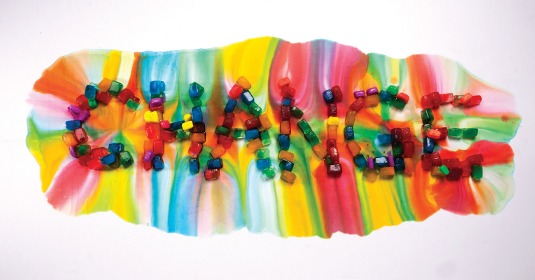
Kyoorius is many things - a magazine, a festival (Designyatra), and a supporter of student designers through funding and bursaries. And now, it's an awards body too. At D&AD we've helped it set up the Kyoorius Design Awards, specifically helping to ensure its processes and checks are as rigorous and credible as our own.
And the inaugural awards last year could not have been better represented than by the Best of Show, Black Elephant winner Codesign, with its labour of love Dekho: Conversations on Design in India. An anthology of inspirational conversations with designers in the country, it uncovers the rich tapestry of music, colour, calligraphy and storytelling that underpins the Indian aesthetic. What a brilliant introduction to the design community. In 2014, I'm very happy to say that this partnership is growing, too. Soon we'll see the launch of the Kyoorius Advertising Awards, as well as the establishment of a D&AD New Blood programme in India, supporting the next wave of talent in the region and helping it to flourish.
As you can probably tell, there are many things I love about Indian design and Indian culture. But what strikes me most is this: we often see the global Indian workforce in a very one-dimensional way. Coders? Sure. Efficient and cheap telephone operators? We see that too. But Indian designers have found a fire in their bellies, and they are producing work that stands strong alongside the best anyone else around the world has to offer. So watch out world, Indian design is about to cause a seismic shift in the status quo.
Big trouble in Little China
China is a land of two halves, it seems. There are the big network agencies and studios, which have an international workforce and whose creations are celebrated all around the world. Famous stars of design and advertising have long since moved to set up shop there. Shanghai is bustling with ex-pats racing to and from their compulsory Mandarin lessons.
But then there's the domestic market, which is both difficult to penetrate and can sometimes be difficult to understand. Both have something in common though: an incredible work ethic and a truly 24/7 culture. Many people I've known that have made the move over to China have had a real baptism of fire. It's probably the most competitive market on Earth.
The most exciting local talent that I have seen tends to come from the worlds of illustration and animation, but there are fantastic designers out there too. In particular, Leal Bao from Wieden+Kennedy stands out for me as someone to watch closely on the digital scene.
Outside of the big mainland centres, Hong Kong is a real design powerhouse. It supports a much more accessible local design community - helped by magazines such as idN (which I love with a passion) and major design events. Interestingly, transmedia projects - which tell stories across multiple platforms - are blossoming there, and that's the thing really getting the Chinese market buzzing. Shen Rong is one of the first people in mainland China working in the field, and is a familiar figure on the world stage.

China is also great at exporting talent. There are many top creative Chinese ex-pats (particularly women) around the world now, and lots of talent that I see at the graduate end of the scale too. Again, we need to be extra-vigilant with entries from China, and the government restrictions can be tough to deal with - sometimes even dangerous - particularly for those not used to them. It's not all a bed of roses, but it's definitely another market he demand for premium branding to watch over the next few years.
Halala South Africa
Finally, another land of vast inequality. South Africa is a strong design and advertising nation, and Design Indaba is a not-to-be-missed event that attract the world's foremost creative thinkers to Cape Town. The city is also World Design Capital for 2014. There is a lot of good work from great agencies - it's an established powerhouse, but in my recent visits I've seen some interesting new developments too.
I was judging digital design awards The Bookmarks there recently and coming from Sydney, Cape Town feels so familiar, so relaxed. But there's also an air of danger that's hard to get used to. That sense of unease creates interesting pockets of unconventional work, from design and publishing studio The President to illustrator and designer Daniel Ting Chong.
South African design education is top class, too. But, even 20 years after apartheid ended, there's a lot that still needs to change. That difficult history, and the ongoing issues that it has caused, sometimes results in a lack of confidence in South African culture. This can, in turn, lead to more inequality.
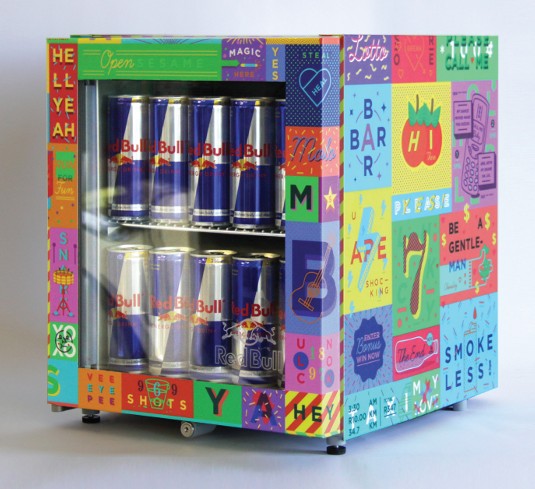
Banele Rewo is a well-known creative director and entrepreneur in Johannesburg, and I spent some time talking with him about Afrocentrism and creativity. He feels that the whole way in which creativity is taught and judged at student level in South Africa is wrong. For example, the references used to measure copywriting skills are European classics, rather than work from its own history. "Write in the style of Austen," an entry examination might say. This benefits Western cultures more than African ones. Rightly, Rewo feels that embracing the African-ness in South African design would open up opportunities for fresh perspectives.
There is extraordinary passion for change from marketing agency Quirk, which invests heavily in creative education. It owns the Red & Yellow school, one of the best places in South Africa for further education in design and advertising. Native, one of the other big digital agencies out there, is creating beautiful behaviour-based work that tackles social issues head-on. Ultimately, what I found there was quality, humour and a growing expression of what it means to be South African.
Boldness and positivity
So what do the BRICS nations have to offer the world in design? A more interesting aesthetic. A fresh approach. A boldness and positivity that traditional design centres can lose sight of. A belief that design can change the world, not just the brand of chocolate someone buys.
BRICS countries are moving rapidly from influenced to influencer markets. With technology, even small agencies are global. That means more voices coming from more places, not just the big and ever-expanding global networks. In a world awash with design-filler, I can't help thinking that braver clients and studios are going to come from elsewhere. Watch this space.
Words: Laura Jordan-Bambach
Currently D&AD president and creative partner at Mr President, Laura has won various awards for her commercial work, including New Media Age's Greatest Individual Contribution to the Industry Award. This article originally appeared in Computer Arts issue 226.

The Creative Bloq team is made up of a group of art and design enthusiasts, and has changed and evolved since Creative Bloq began back in 2012. The current website team consists of eight full-time members of staff: Editor Georgia Coggan, Deputy Editor Rosie Hilder, Ecommerce Editor Beren Neale, Senior News Editor Daniel Piper, Editor, Digital Art and 3D Ian Dean, Tech Reviews Editor Erlingur Einarsson, Ecommerce Writer Beth Nicholls and Staff Writer Natalie Fear, as well as a roster of freelancers from around the world. The ImagineFX magazine team also pitch in, ensuring that content from leading digital art publication ImagineFX is represented on Creative Bloq.
